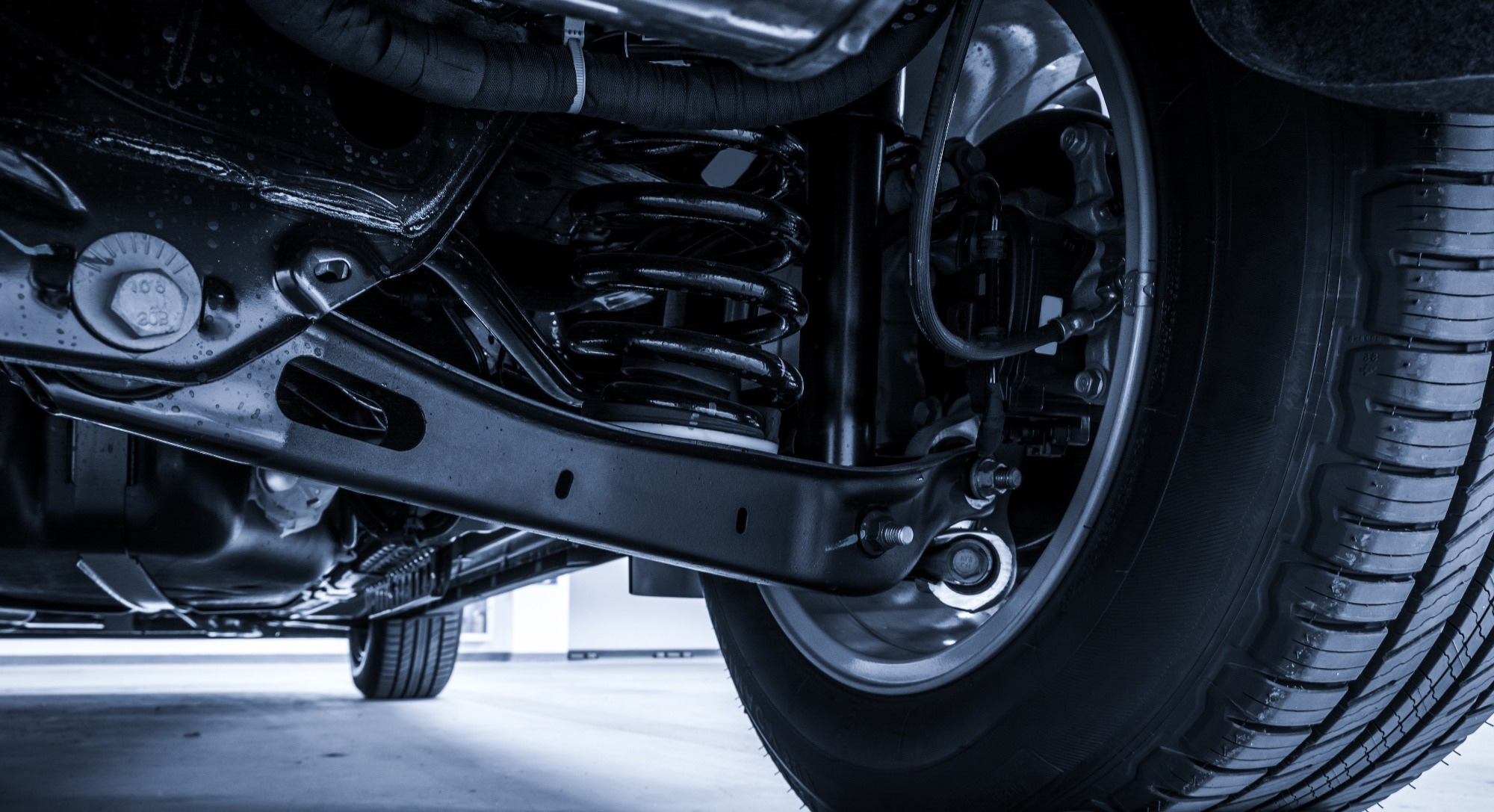A recent article published in Nature examined plasticity to identify a balance between plasticity and buckling instability, termed "yield buckling."

Image Credit: John_T/Shutterstock.com
This approach was used to design metamaterials that can buckle sequentially in multiple steps while retaining their load-bearing capacity. The concept of sequential yield buckling facilitated the creation of metamaterials that integrate stiffness and energy dissipation, two properties that are typically considered incompatible.
Background
Mechanical metamaterials possess unique characteristics such as high low-density stiffness, enhanced energy absorption, shape morphing, sequential deformations, auxeticity, and robust waveguiding. Current designs primarily rely on geometry, exploiting a mechanical instability known as buckling.
The aspect ratio of slender elements and geometric nonlinearities due to internal rotations primarily define these metamaterials, while material nonlinearities like hyperelasticity, viscoelasticity, fracture, and plasticity are often neglected.
Plasticity, a nonlinearity present in most solids, has been largely unexplored in the context of buckling-based metamaterials. Traditionally regarded as a failure mode, plastic deformations can facilitate large energy dissipation or permanent shape changes.
Contrary to the common perception that plasticity is detrimental to metamaterials' functionality, this study leveraged the interplay between buckling and plasticity in metamaterial design.
Methods
Initially, the buckling behavior of a pair of squares (size ℓ) connected by an elastoplastic ligament (thickness t, Young’s modulus E, tangent modulus Et, and yield stress σy) was studied. Among the elastic, plastic, and yield buckling regimes, yield buckling was selected to achieve sequential buckling. The theory of elastic and plastic buckling was then applied to the designed unit cell.
The resulting yield buckling condition was validated through numerical simulations by varying the parameters Et/E and t/ℓ. This concept was paired with structurally stable metamaterial architectures that enable sequential buckling to achieve a large force plateau and energy dissipation. A metamaterial geometry was introduced that prevents global shear buckling while exhibiting multiple local buckling modes in series with minimal force drops.
To integrate yield buckling and self-contact in metamaterial design, a two-dimensional (2D) cylindrical pattern with six line modes was printed. This meta-cylinder was also fabricated in three dimensions with steel to trigger yield buckling of the layer modes under uniaxial compression.
The reusability of the designed metacylinder while retaining its initial mechanical properties was demonstrated through six cyclic compressions of increasing displacement, with one additional layer buckling during each cycle. Its shock-absorbing mechanism was examined via a mass-drop test (5.5 kg). The performance of the metacylinder was compared to that of a crash can, a standard shock absorber.
Results and Discussion
Unit cell analysis indicated that yield buckling facilitated sequential buckling with an arbitrary number of steps. Similar to this unit cell, the three buckling regimes were observed to depend on the aspect ratio t/ℓ and moduli ratio Et/E in the considered metamaterial geometry. However, in contrast to the unit cell, stabilizing horizontal ligaments delayed the onset of buckling in the designed metamaterial.
Clear buckling sequence and contact-induced stiffening were observed only in the yield buckling regime when two unit cells were connected in series.
Yield buckling also effectively prevented unwanted global buckling modes in larger metamaterials, resulting in a moderate load decrease between steps without adversely affecting the compressive stroke. Thus, merging yield buckling and self-contact proved promising for creating metamaterials with high stiffness, strength, and stable energy dissipation.
During cyclic compression of the metacylinder, all layers initially deformed locally in the vertical ligaments, leading to high stiffness. With successive compressive strokes, the metacylinder stiffened, causing other layers to buckle until all six layers collapsed completely.
Further compression led to a global buckling mode. This multistep sequential yield buckling was robust across various ligament thicknesses, loading speeds, and off-axis compression.
Throughout six cyclic compressions of increasing displacement, the metacylinder demonstrated consistent strength and stiffness. Additionally, similar deceleration was observed during the mass drop.
In contrast, the crash can lost its initial properties after the first drop, exhibiting significantly lower decelerations and larger strokes in subsequent drops. Therefore, yield buckling provided ideal shock absorption in a tunable, robust, and efficient manner, allowing for multiple uses.
Conclusion
The researchers successfully demonstrated that yield buckling, combined with appropriate metamaterial architectures, is a valuable tool for achieving sequential buckling and fabricating effective shock absorbers.
Notably, such metamaterials can absorb more impact energy with a smaller volume, be reused multiple times, be made from any elastoplastic material, and be expanded in various architectures for a wide range of impact strokes. Additionally, they can be generalized for impacts in multiple directions and are suitable for mass manufacturing.
Therefore, these shock absorbers have applications across various fields, including automotive and aerospace at the meter scale, as well as microscopy and nanolithography at the micrometer scale.
More from AZoM: Metamaterials: Transforming Technology with Engineered Materials
Journal Reference
Liu, W., Janbaz, S., Dykstra, D., Ennis, B., Coulais, C. (2024). Harnessing plasticity in sequential metamaterials for ideal shock absorption. Nature. DOI: 10.1038/s41586-024-08037-0, https://www.nature.com/articles/s41586-024-08037-0
Disclaimer: The views expressed here are those of the author expressed in their private capacity and do not necessarily represent the views of AZoM.com Limited T/A AZoNetwork the owner and operator of this website. This disclaimer forms part of the Terms and conditions of use of this website.